#chinese state
Text

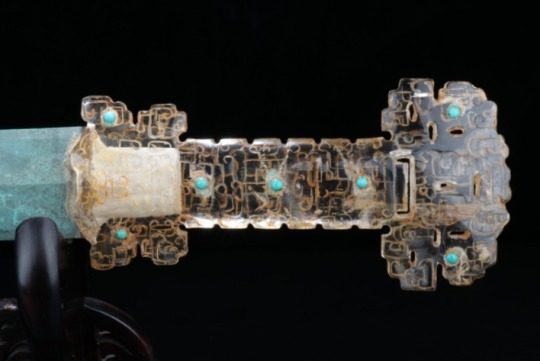
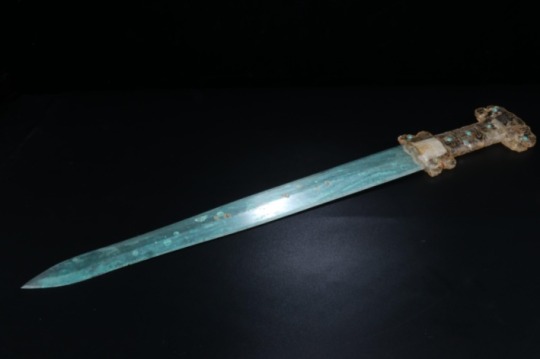
Chinese Bronze Sword With An Inlaid Rock Crystal, Turquoise and Gold Hilt
Warring States Period, Circa 4th - 2nd Century B.C.
#Chinese Bronze Sword With An Inlaid Rock Crystal Turquoise and Gold Hilt#Warring States Period#Circa 4th - 2nd Century B.C.#bronze#bronze sword#ancient artifacts#archeology#archeolgst#history#history news#ancient history#ancient culture#ancient civilizations#ancient china#chinese history#chinese art#art
2K notes
·
View notes
Text
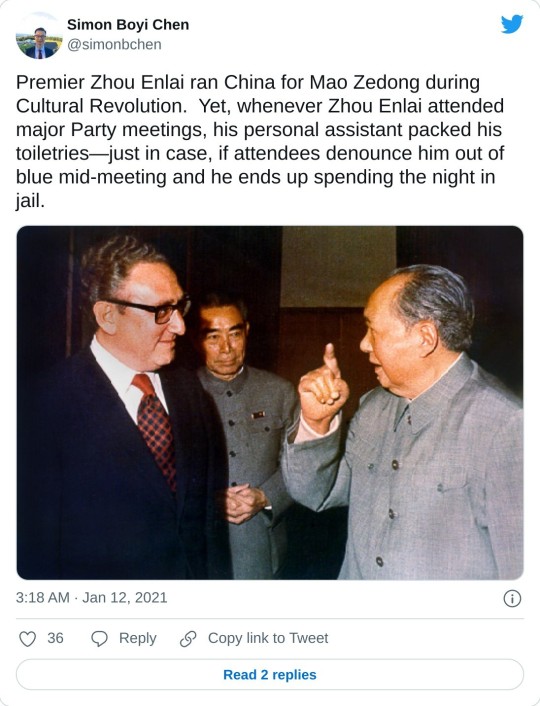
#chinese communism#china totalitarian state#chinese state#chinese communist party#mao tse tung#mao zedong#zhou enlai#chou en lai#ukraine resistance#stop russian invasion#putin war criminal#stop putin#defend ukraine#putin war ukraine russia#help ukraine#ukraine war#stop putin's agents usa#stop putin allies#henry kissinger
1 note
·
View note
Text




chinese hanfu in style of warring states period by 南山韵味
1K notes
·
View notes
Text
[Hanfu · 漢服]Chinese Warring States period(475–221 BC) Chu (state) Hanfu Based On Chu (state) lacquer figure



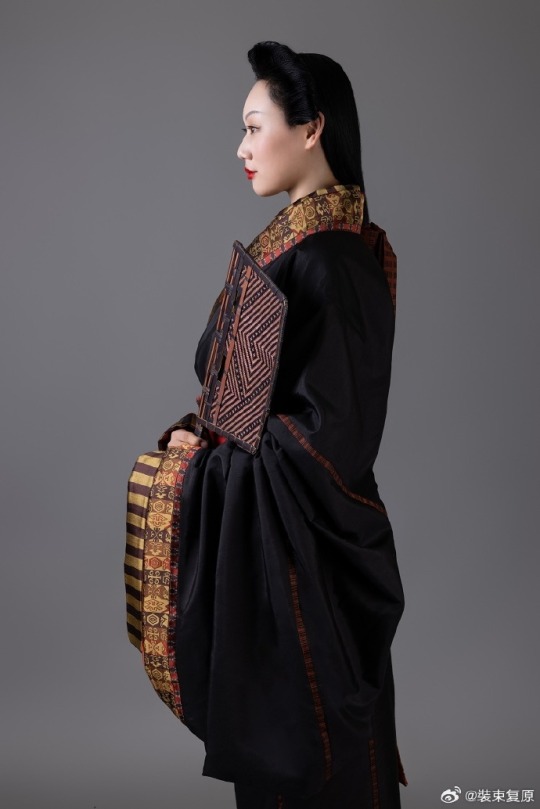
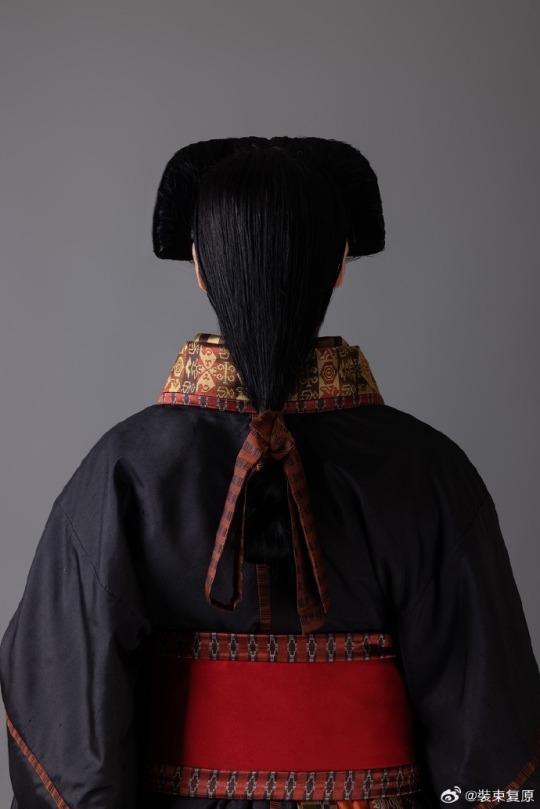
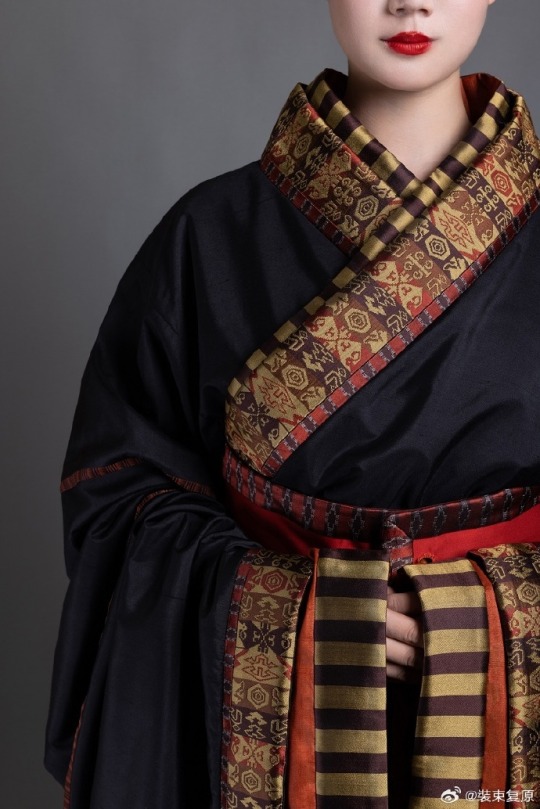
【Historical Artifact Reference】:
Lacquered wood figurines unearthed from Chu State Tomb in Shayang Tumbun Chu Tombs/沙洋塌冢楚墓出土漆俑

Collar cloth and robe unearthed from china Mashan Chu Tomb N19
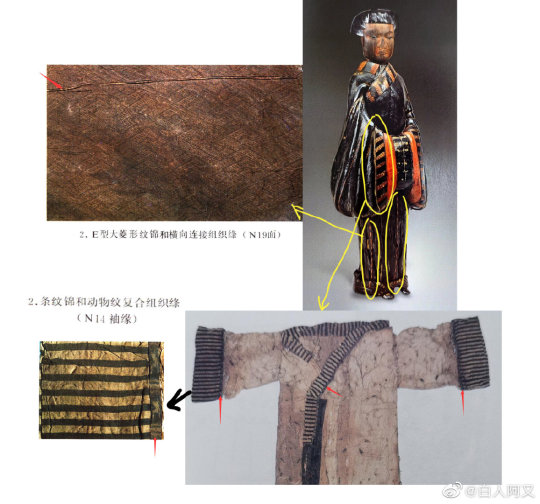
【Histoty Note】Warring States Period·Chu (state) Noble Women Fashion
Many people may wonder why this set of clothing and hairstyles are so similar to Japan, but the fact is this kind of clothing and hairstyle existed in China at least 1,000 years earlier than Japan.
During the China Warring States Period, it was popular for aristocratic men and women to wear robes.
Lacquered wood figurines and robe with similar images have been unearthed from the Shayang Tumbun Chu Tombs and the Chu Tombs at Mashan, many of which adopted the "three-dimensional structure" technique.
For example, a roughly rectangular piece is caulked at the intersection of the robe's sides, skirt sides and sleeve armpits. At the same time, the lower edge line of the top and the upper edge line of the lower skirt are incrementally extended, and then sewn into one body. It is called "Ming three-dimensional structure".
Its ingenuity is that while the outer contour of the garment remains unchanged, it effectively expands the inner space of the garment body, making it convenient for people to wrap the garment from the front to the back when wearing it, without damaging the original collar and garment forms.
The attire of aristocratic women from the Chu state in this set was restored based on the lacquered wooden figurines of the Chu tomb in Shayang. Their foreheads and temples hair are fluffy, and they have a hanging bun at the back of their heads. They wear robes that are connected up and down, and are decorated with brocade inlays at the seams.
The wearing method is the "layering method", two robes are stacked together in advance and then worn as a whole. This allows the collar edge of the lining to be show parallel to the collar edge of the outer garment, and a section of the lining to be show behind the lapel.The brocade edge is decorated with a wide belt and fixed with double belt hooks.
This "layered" wearing method shows the layers and details of Chu people's clothing, and can also show the graceful beauty of the body.
In addition, many creative clothing styles and fabric patterns emerged during the Spring and Autumn Period and the Warring States Period, bringing with them the unique atmosphere, mysterious imagination and ultimate romance of that era, becoming our inexhaustible source of art.
--------
Recreation Work by : @裝束复原
Weibo 🔗:https://weibo.com/1656910125/NhBx1oi5n
--------
#chinese hanfu#Warring States period(475–221 BC)#Chu(State)1030 BCE – 223 BCE#hanfu#hanfu accessories#hanfu_challenge#chinese traditional clothing#china#chinese#hanfu history#hanfu fashion#imperial china#chinese culture#chinese style#historical fashion#Hanfu From China#漢服#汉服#楚国
634 notes
·
View notes
Text



~ Jade Bird Subduing Two Snakes.
Place of origin: China
Period: Zhou dynasty, Warring States period
Date: 475-221 B.C.
#ancient#ancient art#history#museum#archeology#asian arts#archaeology#jade#bird subduind two snakes#bird#snakes#china#chinese#zhou Dynasty#Warring States period#475 b.c.#221 b.c.
623 notes
·
View notes
Text


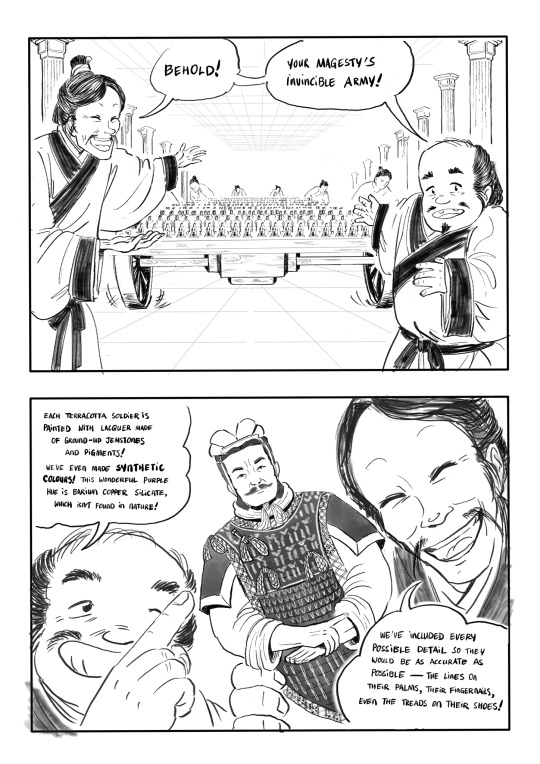
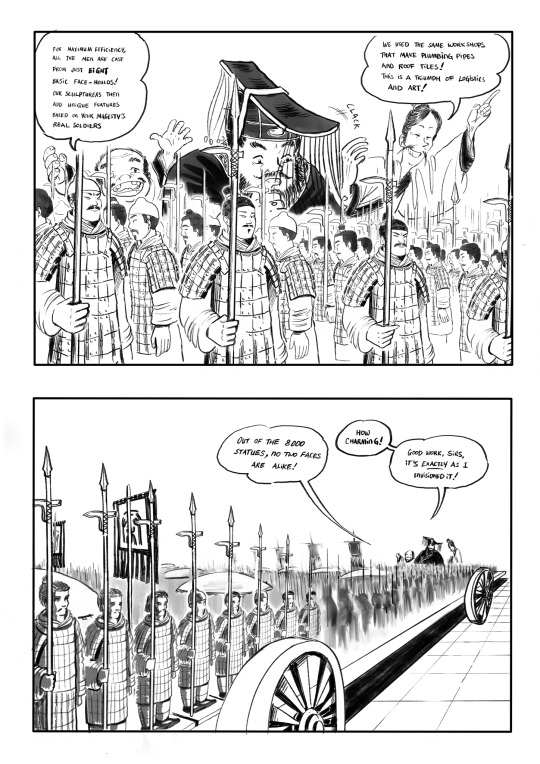

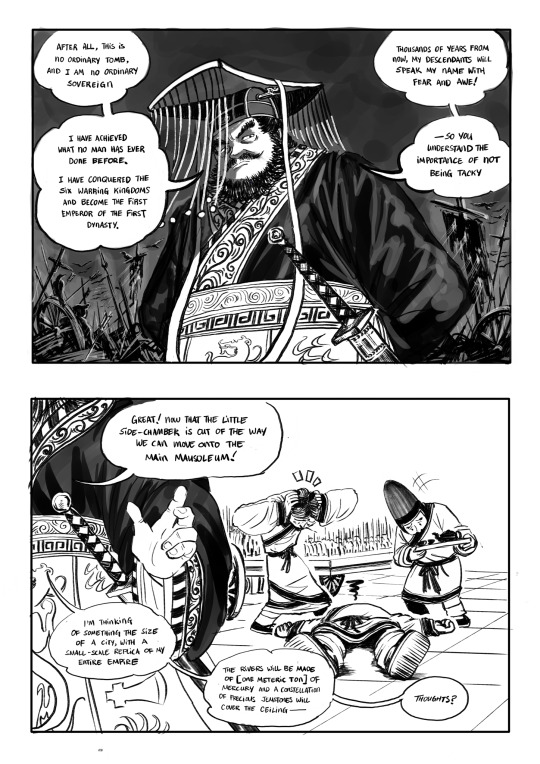
—Terracotta—
Ok so I visited xi'an during my trip back to china (3 months ago?), and this idea popped into my head during the 9h train ride back to shangdong. I am of course 100% projecting my own love of the terracotta army onto Qin Shi Huang, in reality he did not care for this pit of mud statues depicting lowly commoners. In fact, no one ever bothered to write about it and they were lost to history until 1974 when some farmers digging a well stumbled upon them. But it's exactly the reason I'm so fascinated by them. QSH's tomb has not been excavated, and although I have a running joke about cracking it open--mercury vapors be damned--none of the riches inside will ever enchant me as much as the chance to see the face of a person who lived during this time.
Notes under the cut:
#1
the title Qin Shi Huangdi means "First Emperor of Qin" and was given to QSH by later historians. He actually called himself the Shi Huangdi, "First Emperor", and that is the title I've gone with here.
in English the other kingdoms are translated as "states" (i guess to avoid confusion?) but in chinese they are very much kingdoms.
The terracotta warriors used thousands of craftsmen, many of whom were slaves from conquered kingdoms. From a storytelling perspective I thought it would be more streamlined if there were two main artisans who reported directly to QSH.
QSH's clothes are based on the overly complicated courtly regalia. which has 12 symbols that only the emperor is allowed to wear
Notice how this hat is ROUND at the front??? Well I CERTAINLY DIDN'T. HAD TO REDRAW IT!!!!!
the stripped shirt is based on this Chu woman figurine. Clothes were fairly unisex during this time and I thought it was a nice fit.
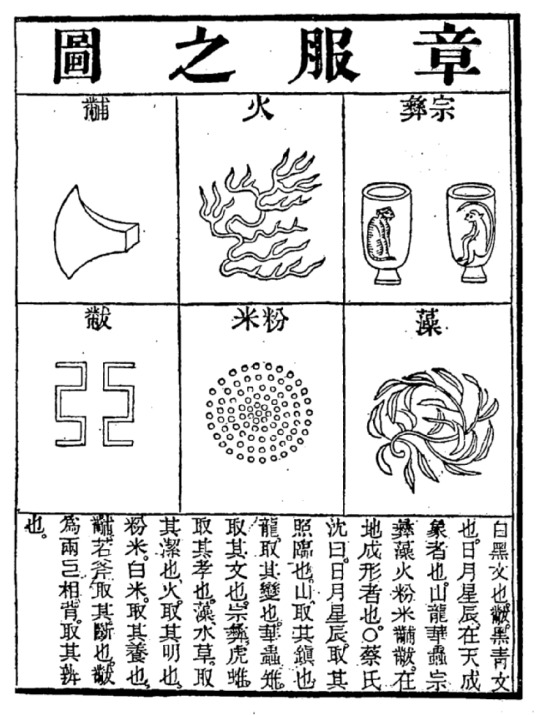
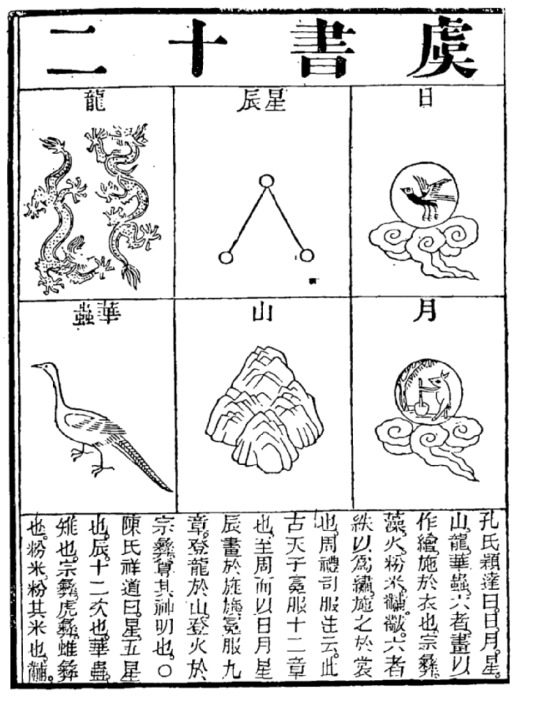



#2
Paperwork: writing was done on books made of bamboo slips. Anecdotally, QSH had an impressive work ethic and would read 100 bills every night.
Bronze Goose lamp: ok this is actually a Han dynasty lamp pls forgive me. I saw this bad boy at the xi'an history museum and it's bewitched me body and soul. The goose neck is hollow and connects to a reservoir of water in the belly, which minimizes smoke and cools the lamp.
QSH is remembered as a brutal tyrant and brilliant statesman, but I wanted to present a more human version of him here. Bored, tired and drowning in work he refuses to delegate. His new empire is balanced as precariously as everything else on his desk.
#3
The attendants standing behind him are holding little wood tablets called hu for taking notes. Their brushes are tucked into their hats/hair, inspired by Han dynasty custom. (You'll see me using Han stuff a lot. Their cultures were very similar to Qin, since it was only a few hundred years apart).
So I had a slight breakdown trying to find the correct hats for the eunuchs, and ended up redrawing everything the night I was due to publish. Closest thing I could come up with was a reference to a round-style Han Dynasty hat which evolved into this square Jin hat. Yes, this is a cry for help .
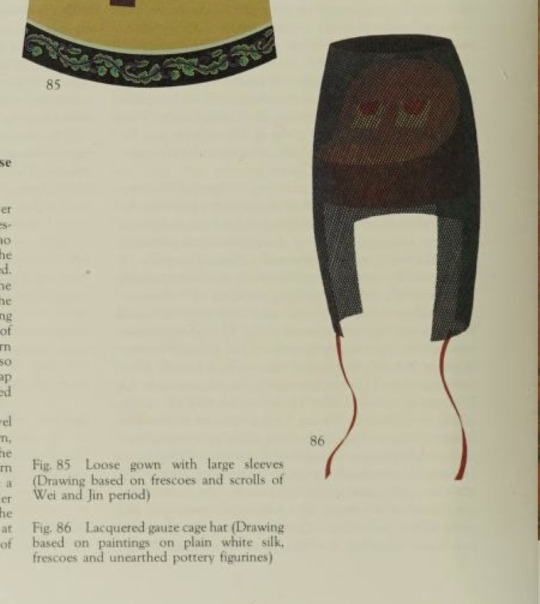
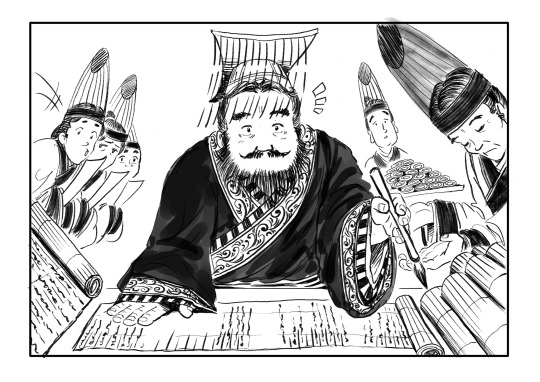
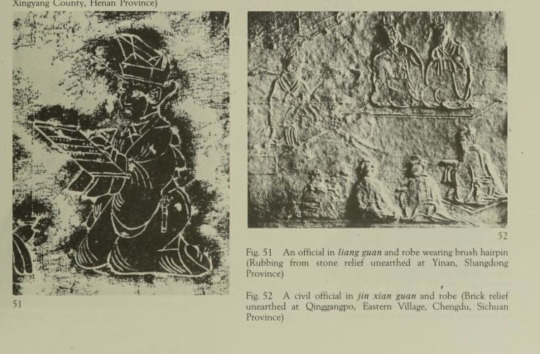
#4
the wheeled platform is 100% made up, I tried to come up with a plausible way of getting a bunch of figurines into the palace.
#5 & #6
Painted terracotta soldier
How were the terracotta warriors made
The General: Fun fact, I got to see this guy in person!
#7
The Epic Wide Shot was inspired by some Tang Dynasty terracotta figures I saw at the xi'an museum!
#8
THIS KNEELING ARCHER. ARGGGGG. He use to be my favourite guy. I even went into the pit and drew him IN PERSON. the archers inexplicably have their hair buns on the OPPOSITE SIDE OF THE HEAD. So because of him, I DREW ALL THE HAIR BUNS WRONG!!!! REDRAW!!!! PAIN AND SUFFERING!!!!

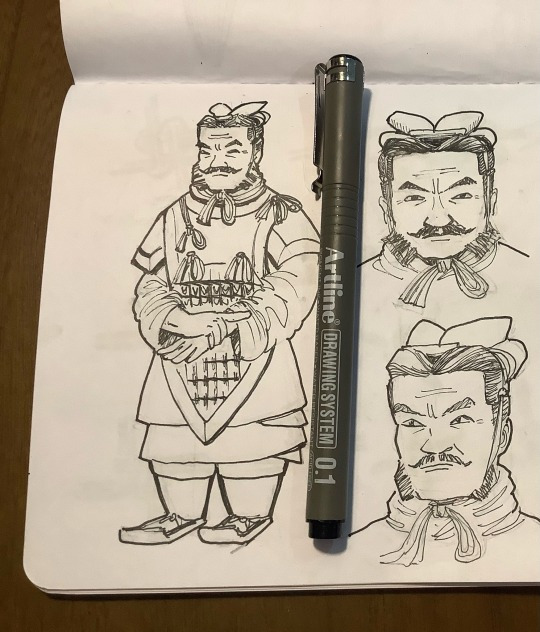
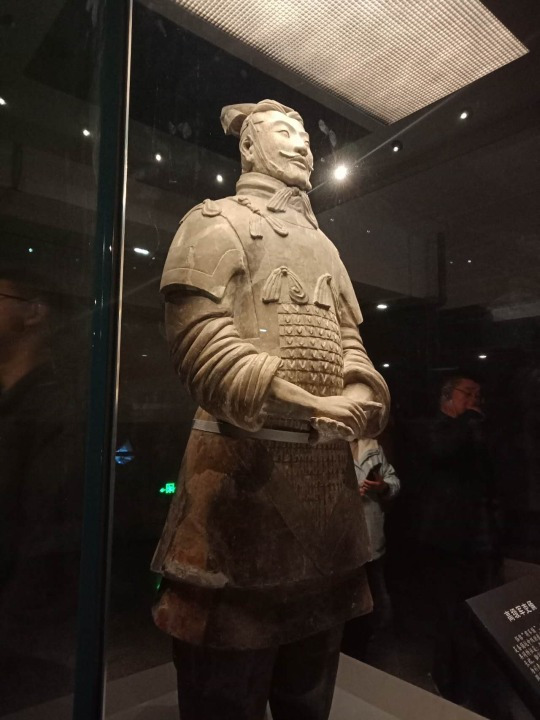
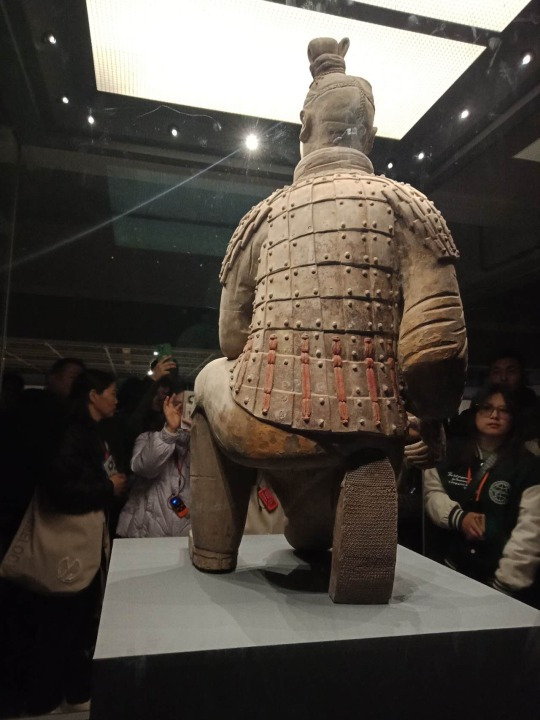


#10
Qin was famous for it's very long, thin swords. They were more useful as status symbols than actual weapons, as QSH knows from personal experience…
#11
QSH'S Tomb hasn't been excavated yet, but high levels of mercury have been detected in the soil, making the historical accounts of quite plausible.
#chinese history#warring states period#qin dynasty#qin shi huang#terracotta army#comics#my art comes with homework lol#art
201 notes
·
View notes
Text
Does anyone who has access to Chinese websites could help me find a pattern for a warring states period hanfu? I would really appreciate it <3 <3 <3
91 notes
·
View notes
Text
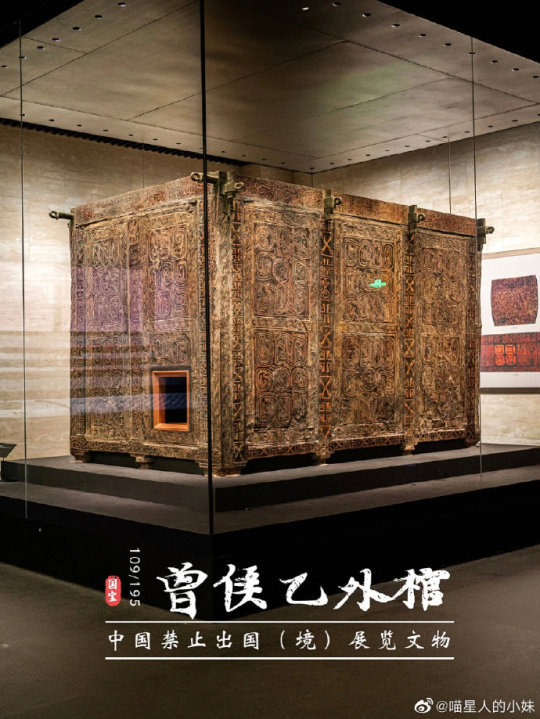

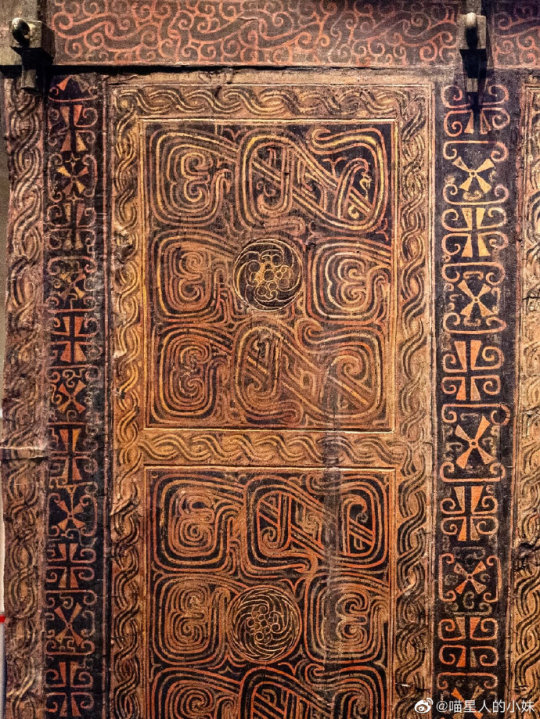
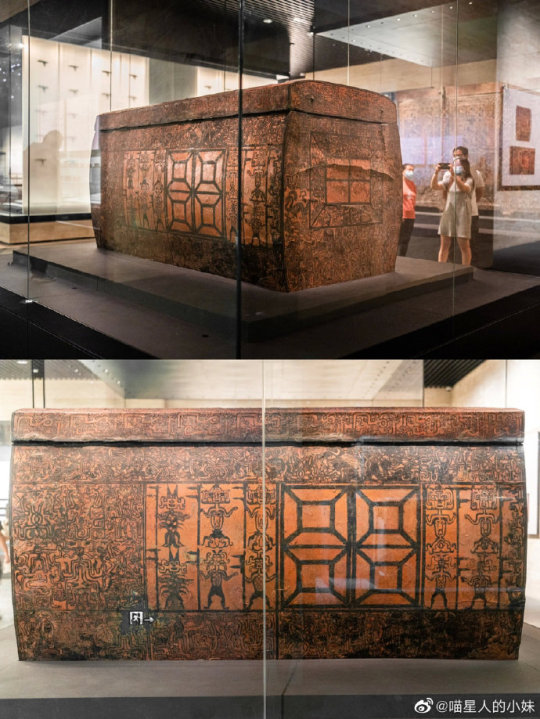
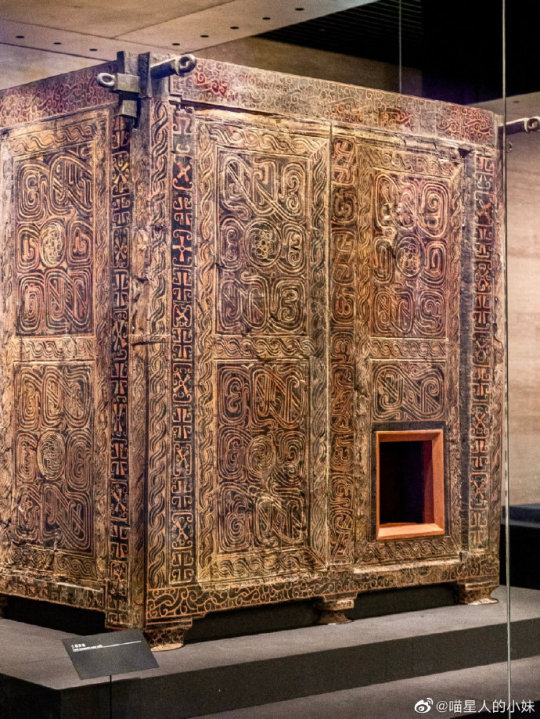

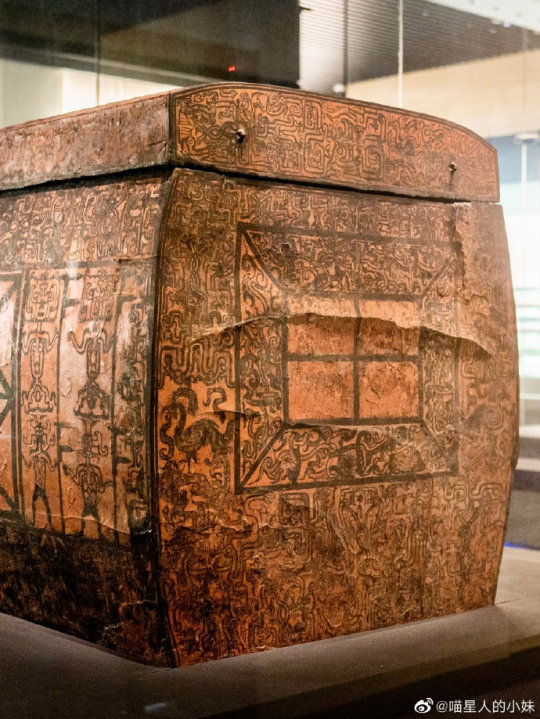
Luxury Lacquered Coffin of Marquis Yi: Largest in History
The coffin of the Warring States period was unearthed from the tomb of Marquis Yi of Zeng (曾侯乙) in Leigudun (擂鼓墩), Suizhou, Hubei, in 1978.
The outer coffin is 3.2 meters long, 2.1 meters wide, 2.2 meters high, and weighs about 7 tons. It is composed of 10 copper columns embedded within 10 wooden boards of the same height. The painting on the surface of one of the coffins depicts weird and armed anthro-zoomorphic beings.
Displayed in Hubei Provincial Museum (湖北省博物馆).
Photo: ©喵星人的小姐
#ancient china#chinese culture#chinese art#chinese history#coffin#ancient tomb#burial#warring states period#warring states era#artefact#lacquer#曾侯乙墓#laquerware#tomb art#archeology#chinese customs
302 notes
·
View notes
Text
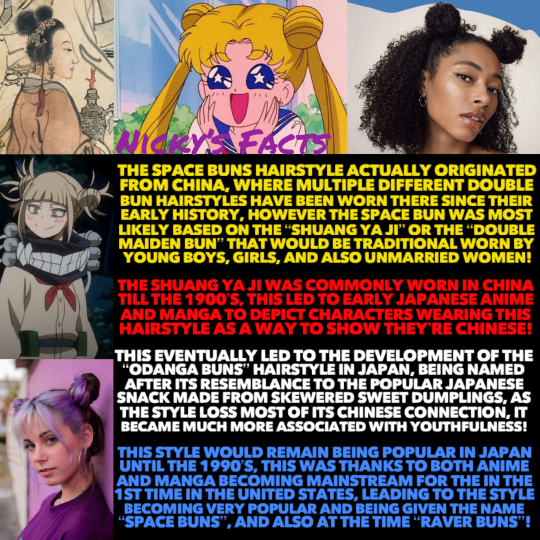
Space Buns are so cute and give us such a doll like look, regardless if were in 2d or 3d!💜
🇨🇳🇯🇵🇺🇸
#history#space buns#odango#shuang ya ji#hairstyle#chinese history#anime#manga#art#united states#japanese history#girly things#girly aesthetic#coquette#dollete style#china#american history#just girly things#soft girl#90s#anime style#animation#femininity#pop culture#1990s#cultural exchange#nickys facts
313 notes
·
View notes
Text

and then they all walked into a campfire repeatedly to end their own minecraft lives multiple times over
#more rambling#shoutout to this message for perfectly summing up red team's mental state around the last hour#slime ended stream and as soon as i was able i started rewatching the part where they started losing it#funny as fuck tbh#i was forcibly stopping myself from laughing like an idiot in the frozen food aisle of the chinese grocery store#qsmp#slimecicle#<- for filters
143 notes
·
View notes
Text

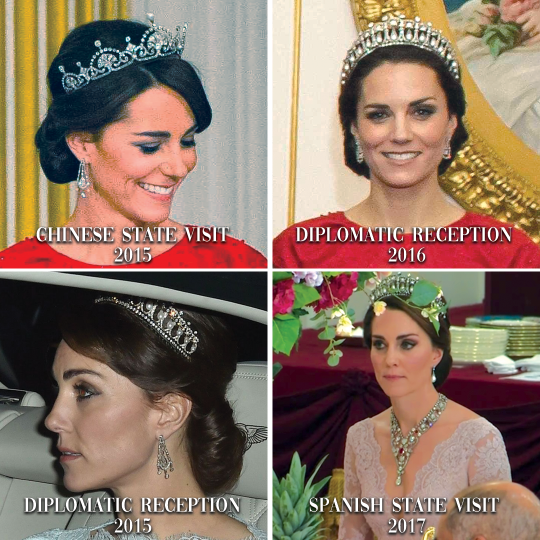
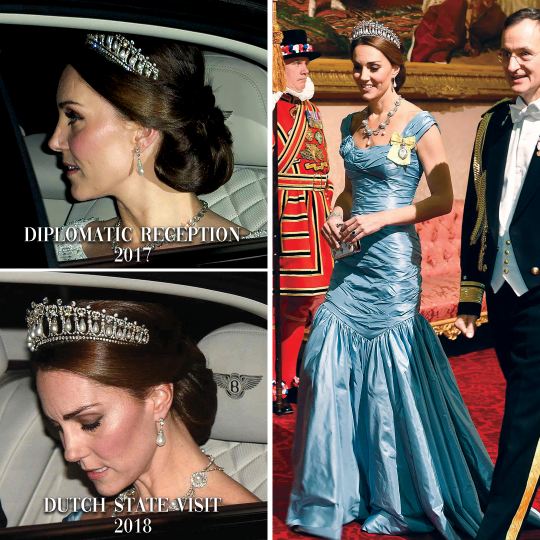
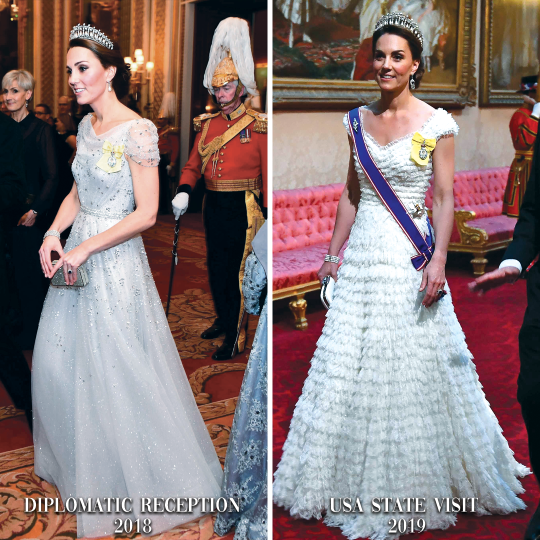


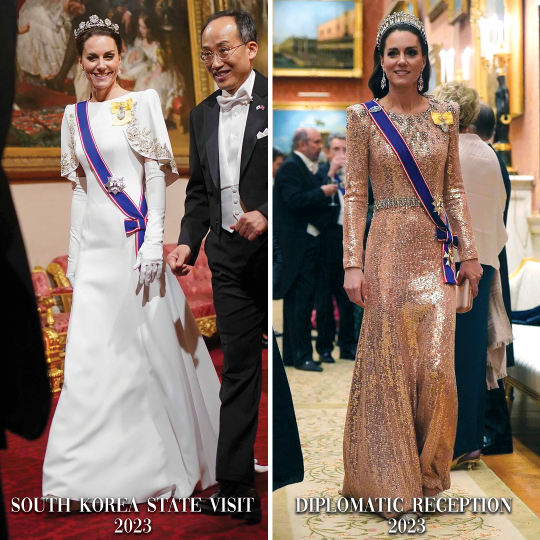
The Princess of Wales and Tiara Appearances | since her wedding day
#mine#royaltyedit#kate#tiara#uk: strathmore rose tiara#uk: halo scroll tiara#uk: queen mary's lovers knot tiara#uk: lotus flower tiara#outfits#ballgowns#wedding#diplomatic reception 13#diplomatic reception 15#diplomatic reception 16#diplomatic reception 17#diplomatic reception 18#diplomatic reception 19#diplomatic reception 22#diplomatic reception 23#chinese state banquet 15#spanish state visit 17#dutch state visit 18#us state visit 19#hussein and rajwa#sa state visit 22: banquet#south korea state visit: banquet
140 notes
·
View notes
Text

#sberbank#china#chinese state#yuan#transactions#ruble#vladimir putin#stop putin#putin war criminal#stop russian invasion#ukraine resistance#stop putin's agents usa#putin war ukraine russia#defend ukraine#stop putin allies#help ukraine#ukraine war#us sanctions#eu sanctions#sanctions vs putin invasion#i stand with ukraine
0 notes
Text

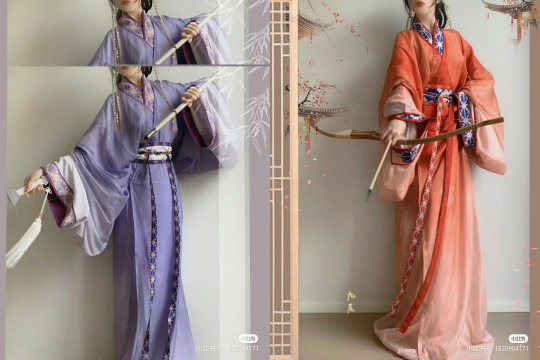



chinese hanfu
282 notes
·
View notes
Text
[Hanfu · 漢服]Chinese Late Warring States period(475–221 BC) Traditional Clothing Hanfu Based On Based On Chu (state)Historical Artifacts

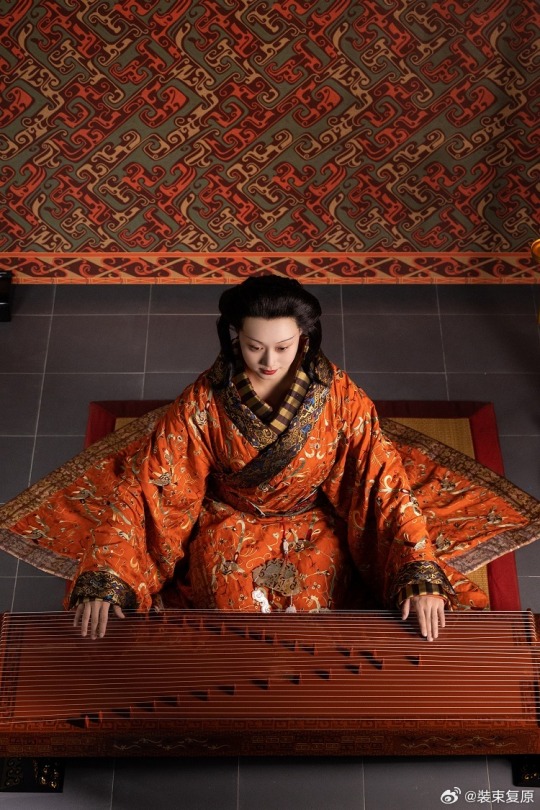
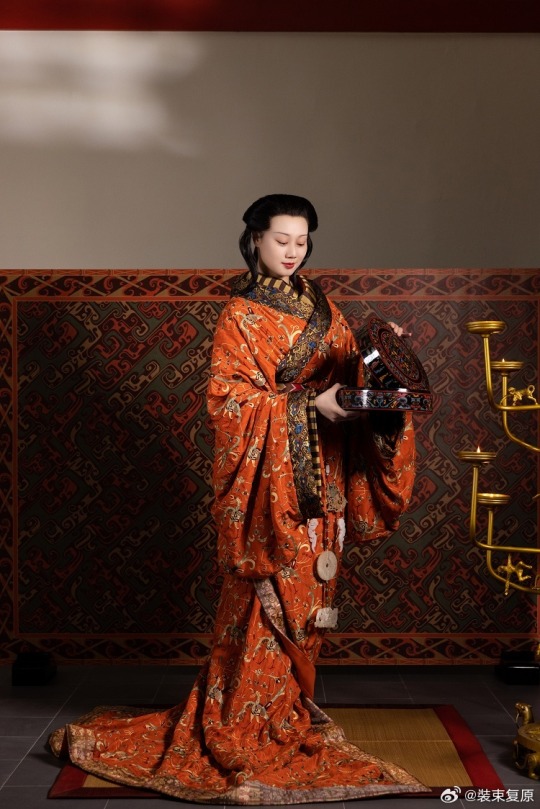
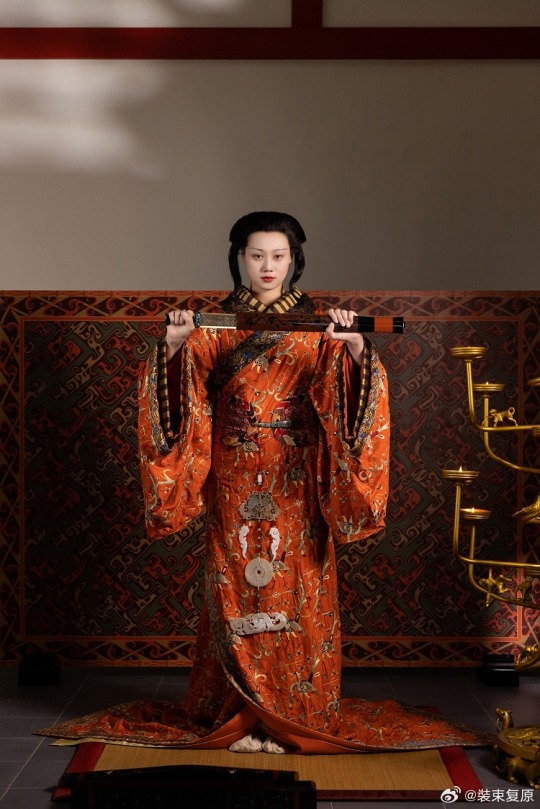
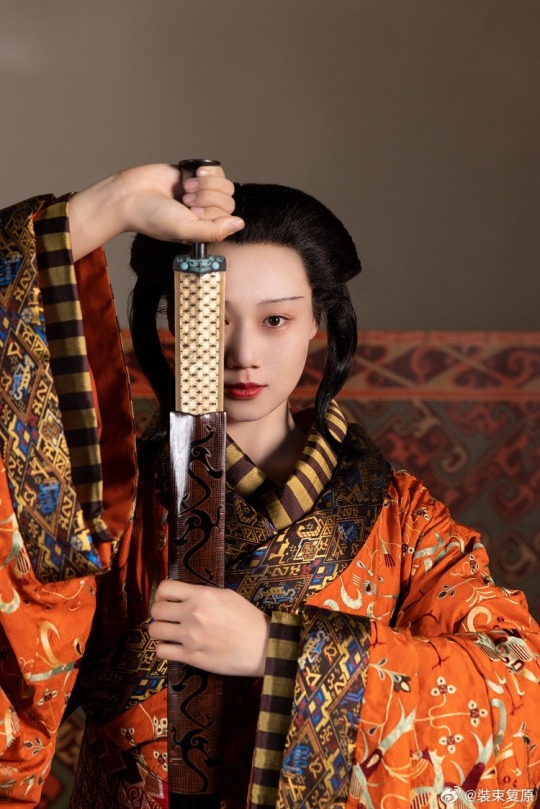
【Historical Artifact Reference】:
Late Warring States period(475–221 BC):Two conjoined jade dancers unearthed from Jincun, Luoyang,collected by Freer Museum of Art
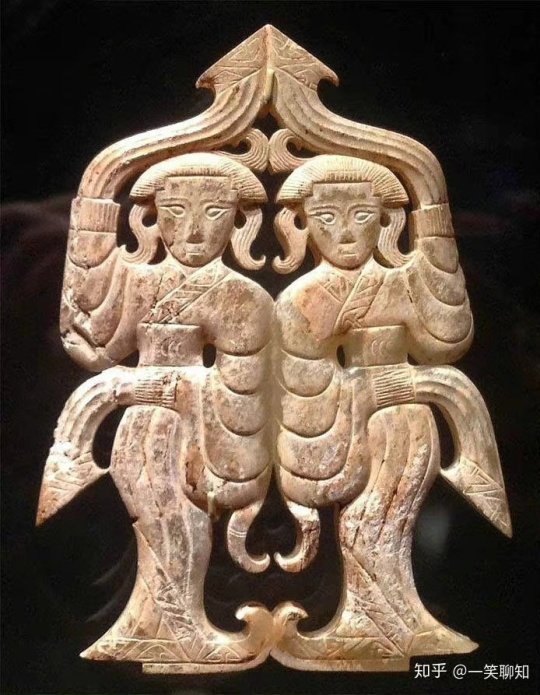
A similar jade dancer was also unearthed from the tomb of Haihunhou, the richest royal family member in the Han Dynasty, and was one of his treasures.

Warring States period, Eastern Zhou dynasty, 475-221 BCE,jade dancer by Freer Gallery of Art Collection.

Warring States period(475–221 BC)·Silver Head Figurine Bronze Lamp.Unearthed from the Wangcuo Tomb in Zhongshan state during the Warring States Period and collected by the Hebei Provincial Institute of Cultural Relics and Archaeology

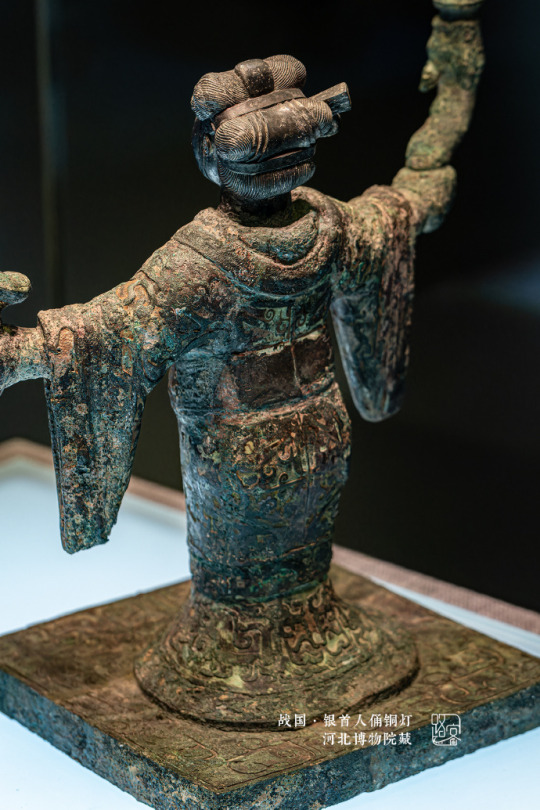
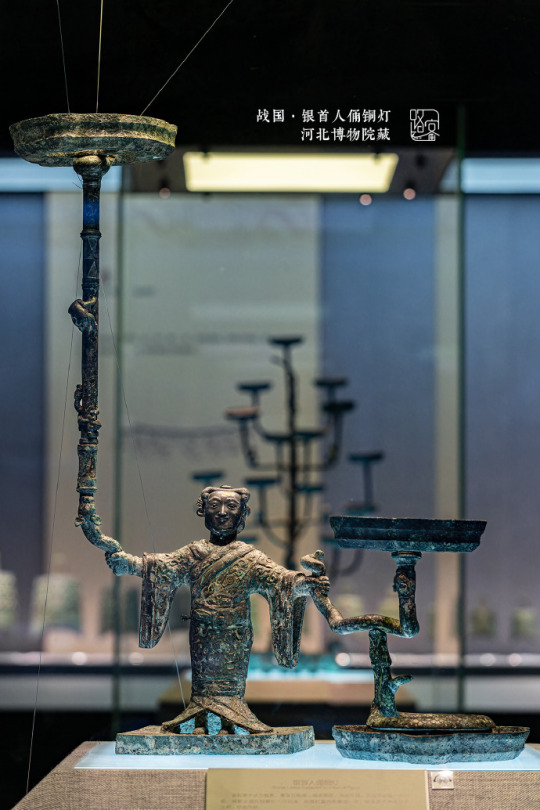
The figurine of a man dressed as a woman holds a snake in his hand, and 3 snakes correspond to 3 lamps.
Sword of Goujian/越王勾践剑:
The Sword of Goujian (Chinese: 越王勾践剑; pinyin: Yuèwáng Gōujiàn jiàn) is a tin bronze sword, renowned for its unusual sharpness, intricate design and resistance to tarnish rarely seen in artifacts of similar age. The sword is generally attributed to Goujian, one of the last kings of Yue during the Spring and Autumn period.
In 1965, the sword was found in an ancient tomb in Hubei. It is currently in the possession of the Hubei Provincial Museum.

【Histoty Note】Late Warring States Period·Noble Women Fashion
The attire of noblewomen in the late Warring States period, as reconstructed in this collection, is based on a comprehensive examination of garments and textiles unearthed from the Chu Tomb No. 1 at Mashan, Jiangling, as well as other artifacts from the same period.
During the late Warring States period, both noble men and women favored wearing robes that were connected from top to bottom. These garments were predominantly made of gauze, silk, brocade, and satin, with silk edging. From the Chu Tomb No. 1 at Mashan, there were discoveries of robes entirely embroidered or embroidered fragments. The embroidery technique employed was known as "locked stitches," which gave the patterns a three-dimensional, lively appearance, rich in decoration.
The two reconstructed robes in this collection consist of an inner robe made of plain silk with striped silk edging, and an outer robe made of brocade, embroidered with phoenixes and floral patterns, with embroidered satin edging. Following the structural design of clothing found in the Mashan Chu Tomb, rectangular fabric pieces were inserted at the junction of the main body, sleeves, and lower garment of the robe. Additionally, an overlap was made at the front of the main body and the lower garment to enlarge the internal space for better wrapping around the body curves. Furthermore, the waistline of the lower garment was not horizontal but inclined upward at an angle, allowing the lower hem to naturally overlap, forming an "enter" shape, facilitating movement.
The layered edging of the collars and sleeves of both inner and outer robes creates a sense of rhythm, with the two types of brocade patterns complementing each other, resulting in a harmonious effect. Apart from the robes, a wide brocade belt was worn around the waist, fastened with jade buckle hooks, and adorned with jade pendants, presenting an elegant and noble figure.
The reconstructed hairstyle draws inspiration from artifacts such as the jade dancer from the late Warring States period unearthed at the Marquis of Haihun Tomb in Nanchang, and the jade dancer from the Warring States period unearthed at Jin Village in Luoyang. It features a fan-shaped voluminous hairdo on the crown, with curled hair falling on both sides, and braided hair gathered at the back. The Book of Songs, "Xiao Ya: Duren Shi," vividly depicts the flowing curls of noblewomen during that period. Their images of curly-haired figures in long robes were also depicted in jade artifacts and other relics, becoming emblematic artistic representations.
The maturity and richness of clothing art in the late Warring States period were unparalleled in contemporary world civilizations, far beyond imagination. It witnessed the transition of Chinese civilization into the Middle Ages. The creatively styled garments and intricate fabric patterns from the Warring States period carry the unique essence, mysterious imagination, and ultimate romanticism of that era, serving as an endless source of artistic inspiration.
--------
Recreation Work by : @裝束复原
Weibo 🔗:https://weibo.com/1656910125/O6cUMBa1j
--------
#chinese hanfu#Late Warring States Period#Warring States period(475–221 BC)#hanfu#hanfu accessories#chinese traditional clothing#hanfu_challenge#chinese#china#historical#historical fashion#chinese history#china history#漢服#汉服#中華風#裝束复原
173 notes
·
View notes
Text

#based#every state should do this#and the federal government#no chinese company associated with the chinese government or communist party#should be allowed to own any property in america
137 notes
·
View notes
Text
“were you not hugged enough as a child??” mocks character for whom this is canonically the case
#svsss#scum villain#shen qingqiu#shen yuan#ik chinese cultural norms re: physical affection were discussed in the tags of that other post#but still he Specifically makes this jibe#as if his narration did not explicitly state that binghe was the first person to give him a proper hug#so clearly he is Thinking About It#just. dude#why is he like this
68 notes
·
View notes